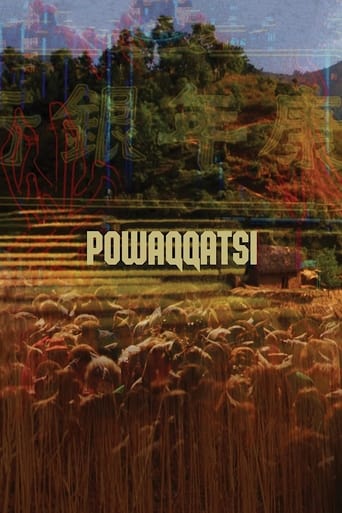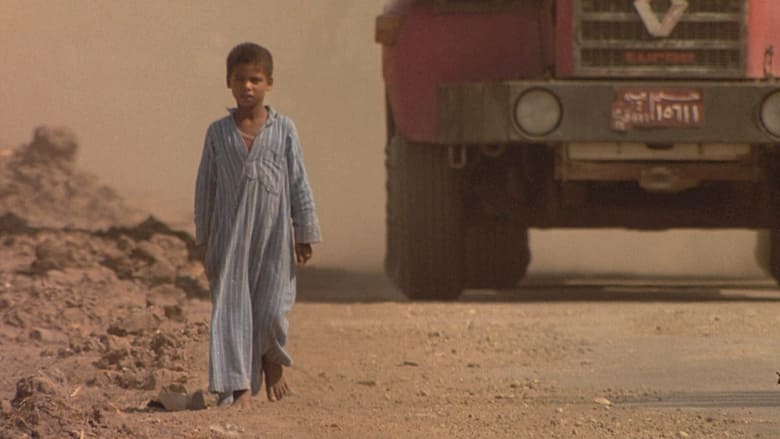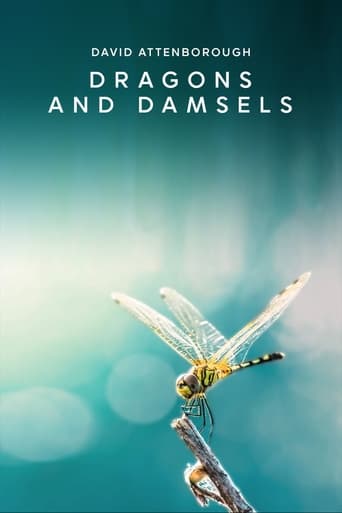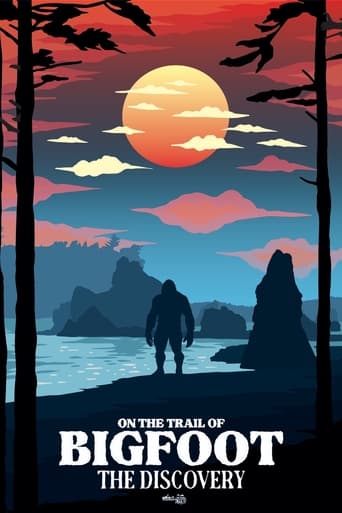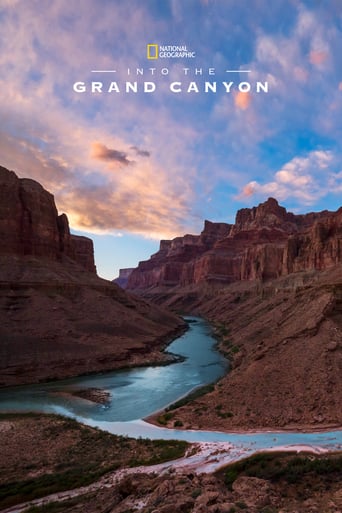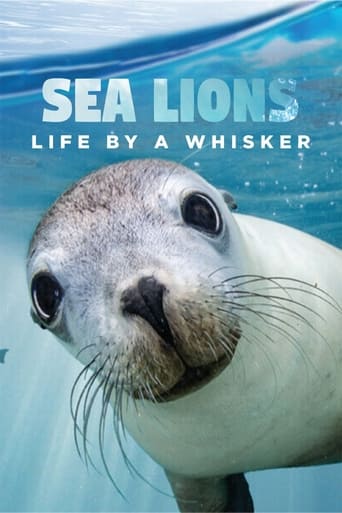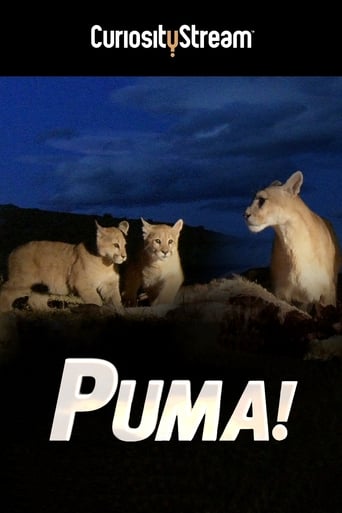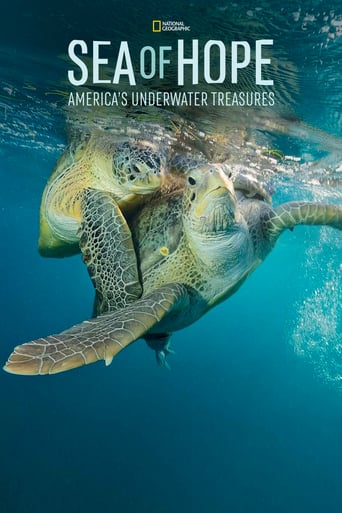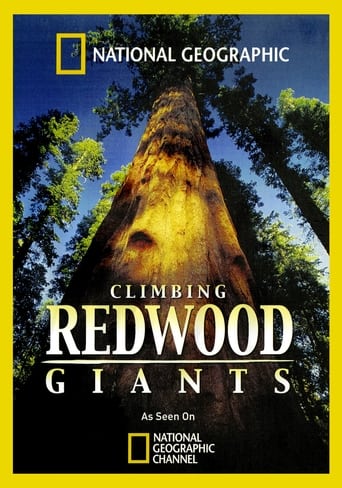Powaqqatsi (1988)
An exploration of technologically developing nations and the effect the transition to Western-style modernization has had on them.
Watch Trailer
Cast


Similar titles
Reviews
One of the worst movies I've ever seen
Disappointment for a huge fan!
It's fun, it's light, [but] it has a hard time when its tries to get heavy.
The film's masterful storytelling did its job. The message was clear. No need to overdo.
Well, when it came to Powaqqatsi's camera-work, I certainly had nothing to really complain about in regards to that. Overall, it was quite excellent and impressive to behold.But, with that said, I honestly have to admit that viewing recurring images of 3rd World poverty and population overload (set at a gruellingly slow pace) did, indeed, become quite tiresome to sit through, in the long run.In fact, I ended up watching most of Powaqqatsi in fast-forward mode - 'Cause I knew that I just couldn't have endured viewing it, from start to finish, at its full 99-minute running time. No way.Powaqqatsi was directed by Godfrey Reggio. Its budget was $2.5 million.
i love Godfrey Reggio's 'Qatsi' trilogy of films. i watch them over and over again every year and have seen all three many times. not only do they have awesome musical scores by the respected, award winning composer Philip Glass and exquisite photography by Leonidas Zourdoumis and Graham Berry, they are deeply profound and moving journeys through existence as viewed through a divine eye.to say these films are mystical and spiritual is almost an understatement. they are positively life changing and affirming. after viewing these films i always feel somewhat altered or changed in my perception of people, places and things. which is what the 'Qatsi' trilogy is all about. people, places, and things. not to mention our profound relationship with God, the creator.'Powaqqatsi' is probably my favorite of the trilogy because it deals with third world countries and is more about the human experience than the other two films. it deals with the heartening plight of third world countries and the effect technology and so-called progress is having on them. the faces of so many of the little third world children photographed here is enough to melt the hardest of hearts(lets hope so). i especially thought the footage of a little girl driving an ox cart like a angel out of hell was very arresting. and the scene with the children on the run-down, antique ferris wheel is probably one of sweetest, most endearing things ever photographed for film.this film is very much about children and very much about humanity. few films have captured the plight of humanity nearly as well.this is definitely my favorite. but all of Reggio's 'Qatsi' films are amazing and timeless. they effect the mind and soul on a variety of levels and stimulate our interest in life and in each other. God Bless and Merry Christmas. 12/10/10.
Koyaanisqatsi is one of my all-time favorite films. I eagerly awaited the release of Powaqqatsi. I ended up somewhat disappointed, though. Philip Glass' musical score is brilliant and powerful. Many of the images in the film (for example, the boy driving his pony cart through a traffic jam) are vivid and memorable. But unlike Reggio's first film, Powaqqatsi doesn't all come together as well. Koyaanisqatsi was structured like a visual thesis, with a premise and a systematic development of the premise to the powerful conclusion (technology is destroying humanity). There's no such story arc in Powaqqatsi. I felt drained at the end, but I also felt confused. I wasn't sure what to think about the visual overload I had just experienced. Perhaps that was Reggio's intent, to leave the audience to fill in the blanks. But I really wanted the scenes to add up to something, as they did in Koyaanisqatsi. Nevertheless, the movie is well worth viewing for its dazzling visuals alone, and its brilliant soundtrack (possibly the best work Glass has ever done).
Don't worry: no spoilers here. I felt the need to rebut several of the negative reviews I have read about this film ( both here and, most notably, from critics Maltin and Ebert). This film follows a totally different concept from "Koyaanisqatsi," which concentrated on largely inanimate structures in the continental U.S. This is a film about people and lifestyles of the developing world, and for that I believe Reggio chose wisely not to utilize many specialty visual techniques (i.e. time-lapse and high-speed photography), and settle for a more low-key approach. Though the film cannot match the visceral gee-whiz impact the original 1983 audience must have felt with all the revolutionary visual stylistics of "Koyaanisqatsi," "Powaqqatsi" has greater thematic depth. Essentially, "Koyaanisqatsi" was best at impressing the audience, and this film is better at making the audience think. To tackle such a wide-ranging subject as globalization is a tricky task, yet I believe this film to be the best cinematic portrayal I have seen of the effects of modernity upon the 75% of the world that still lives much of its life the same way it did hundreds of years ago.All of the shots of people working, carrying baskets on their heads, etc. show the immense effort required in the third world to carry on an industrial revolution one hundred years behind the West, and in a much shorter span of time. Essentially, the societies in the Periphery are being forced to play catch-up. The imagery of the fallen laborer being carried up a hill (the opening shots of the film which are later referenced at the end) represents the immense hard work and sacrifice necessary to build a modern society - an idea lost upon many in the First World, who protest the working conditions of societies on the Periphery, yet do not realize that their own Western industrial revolutions faced the exact same hazards, tribulations, and hardships one hundred years ago - yet did eventually manage to emerge successfully. Like "Koyaanisqatsi," "Powaqqatsi" is a film one can view multiple times and absorb new meanings upon each viewing.The structure of the film is the same as that of "Koyaanisqatsi", which I believe is the most important consistency between this film and the first in Reggio's trilogy. Both films are divided into three distinct sections: primitive/archaic life, early industrial life, and finally full-fledged modern existence (lifestyle, or "-qatsi", being the connecting thread within and between the films). In addition, Philip Glass score is a superb accompaniment to the visual images. Otherwise, the films are not at all alike, and should not be unduly compared to one another. Both films show their American audience something they have not seen before: in "Koyaanisqatsi" it is simply themselves from a very different angle, and in "Powaqqatsi" it is the rest of the world.

